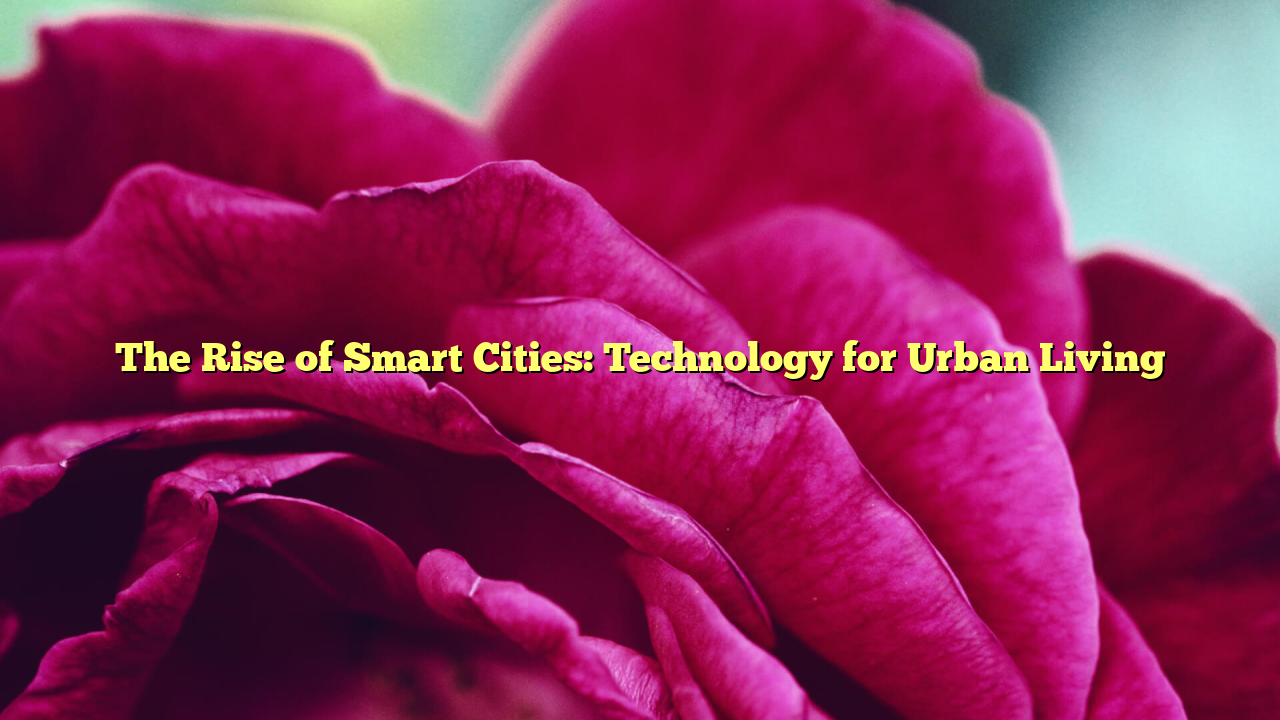With urban populations growing rapidly, cities face increasing pressure to provide efficient services, reduce pollution, and improve quality of life. Smart otpklik daftar city technology offers solutions by integrating digital systems into urban infrastructure.
One of the main features of smart cities is intelligent transportation. Real-time traffic monitoring, smart traffic lights, and ride-sharing platforms reduce congestion and improve mobility. In some cities, autonomous buses are being tested as eco-friendly public transport solutions.
Energy management is another critical area. Smart grids use sensors and AI to balance supply and demand, reducing waste and integrating renewable energy sources. Smart meters allow residents to monitor their energy use and make more sustainable choices.
Public safety also benefits from smart city initiatives. Surveillance systems, emergency response apps, and predictive policing help authorities maintain security. However, these raise privacy concerns, requiring careful regulation to protect citizens’ rights.
Waste management is being transformed through smart bins that notify collection services when full, reducing inefficiencies. Water management systems monitor leaks and optimize usage, addressing the challenges of resource scarcity.
Despite the benefits, smart cities face challenges such as high costs, data security risks, and the digital divide. Ensuring inclusivity is vital so that technology benefits all residents, not just the privileged.
In conclusion, smart cities represent the future of urban living. By leveraging technology to enhance efficiency and sustainability, they offer pathways to more livable and resilient communities.
